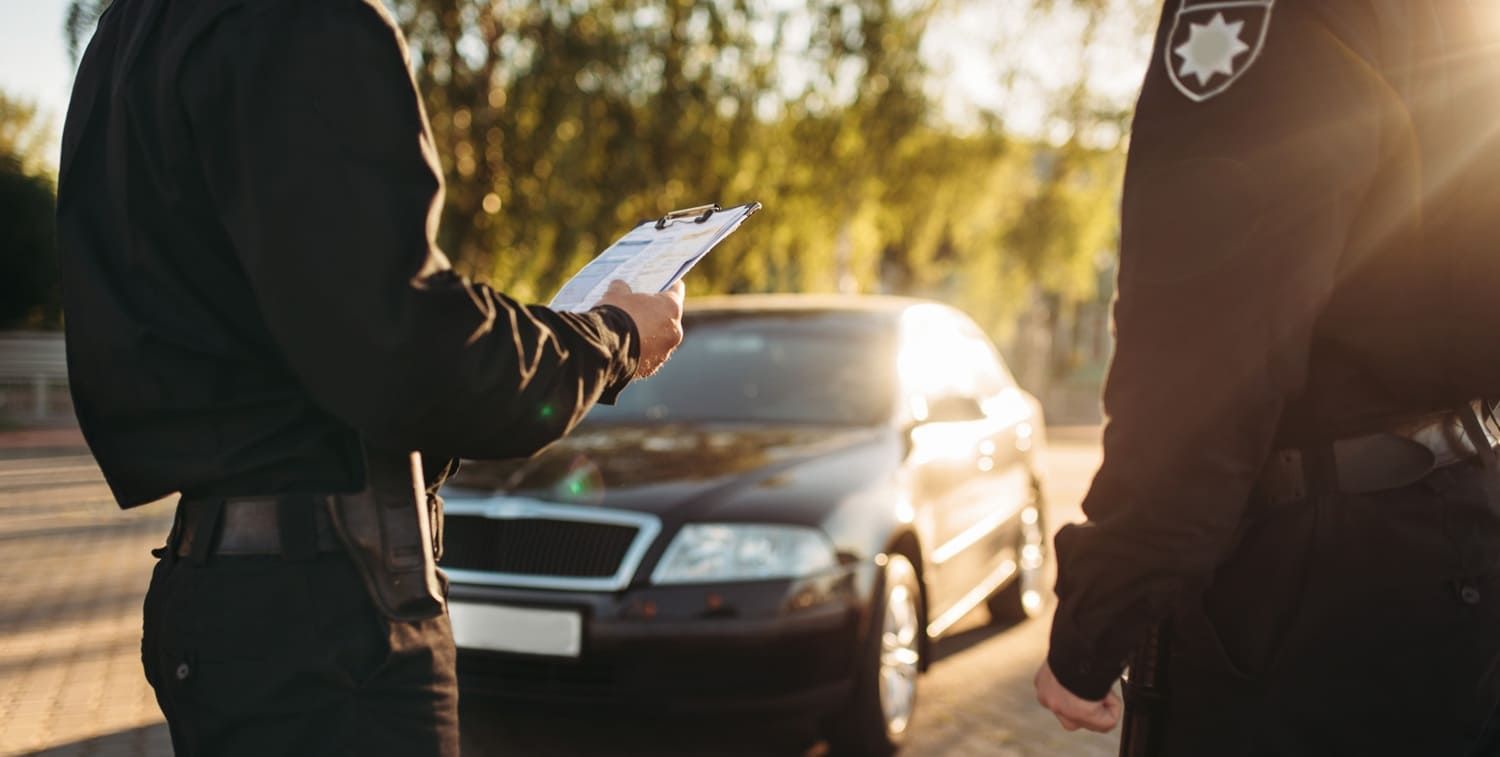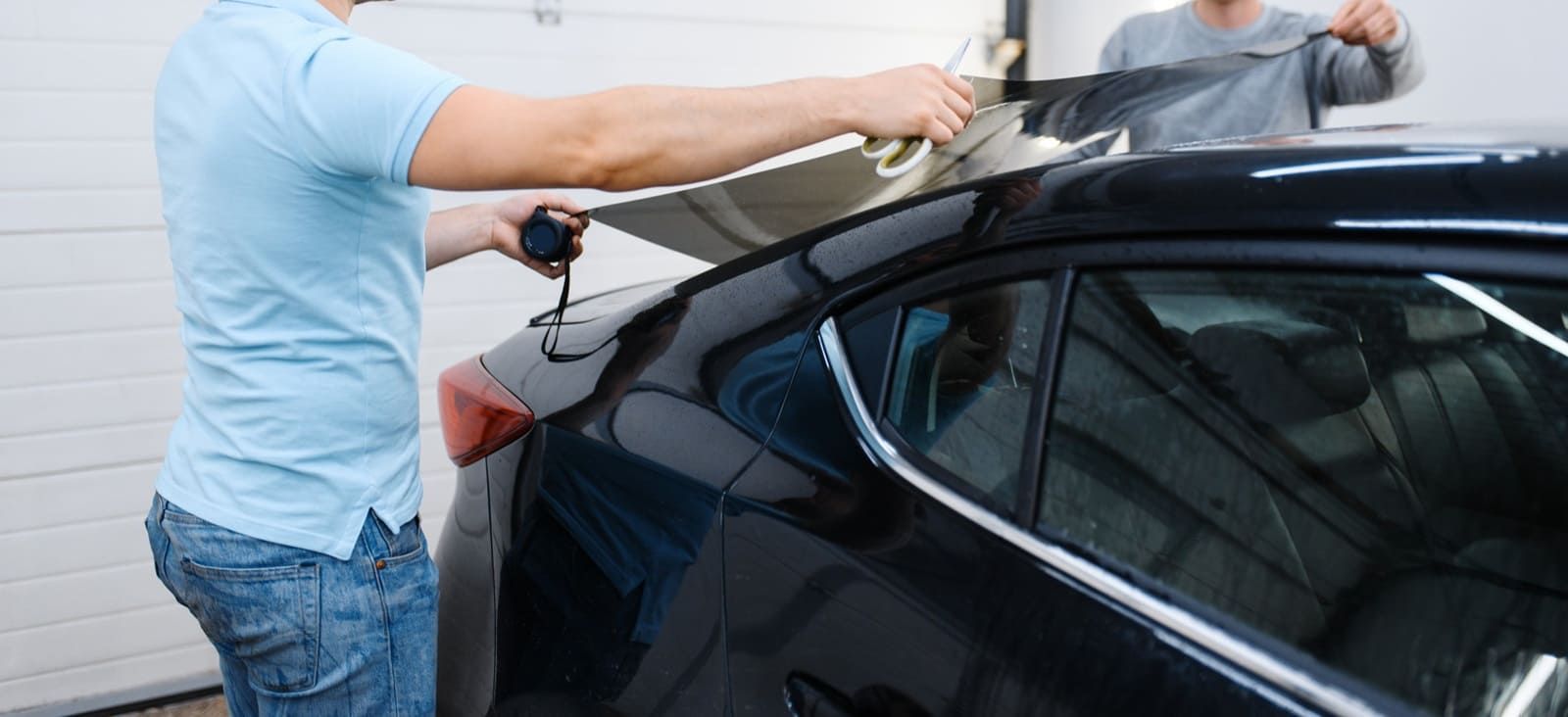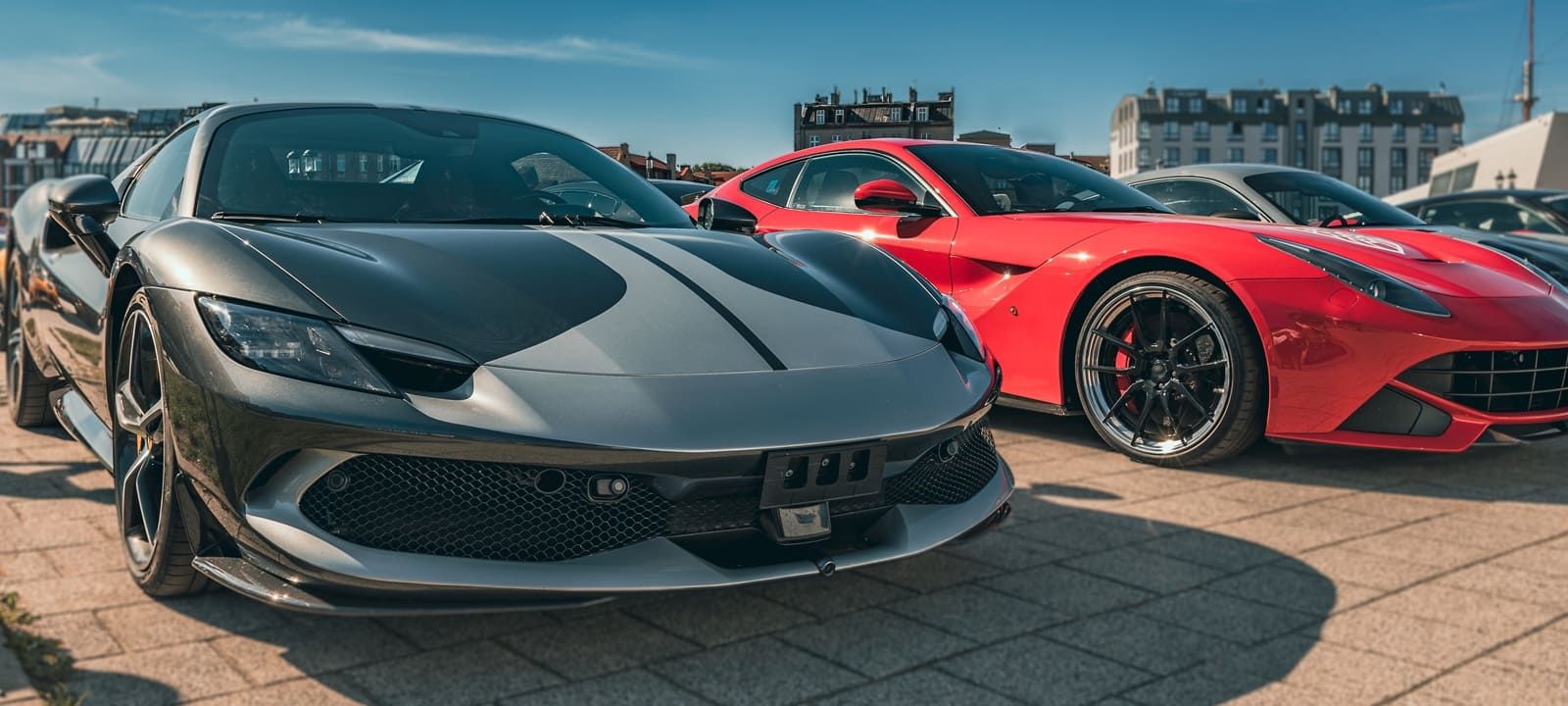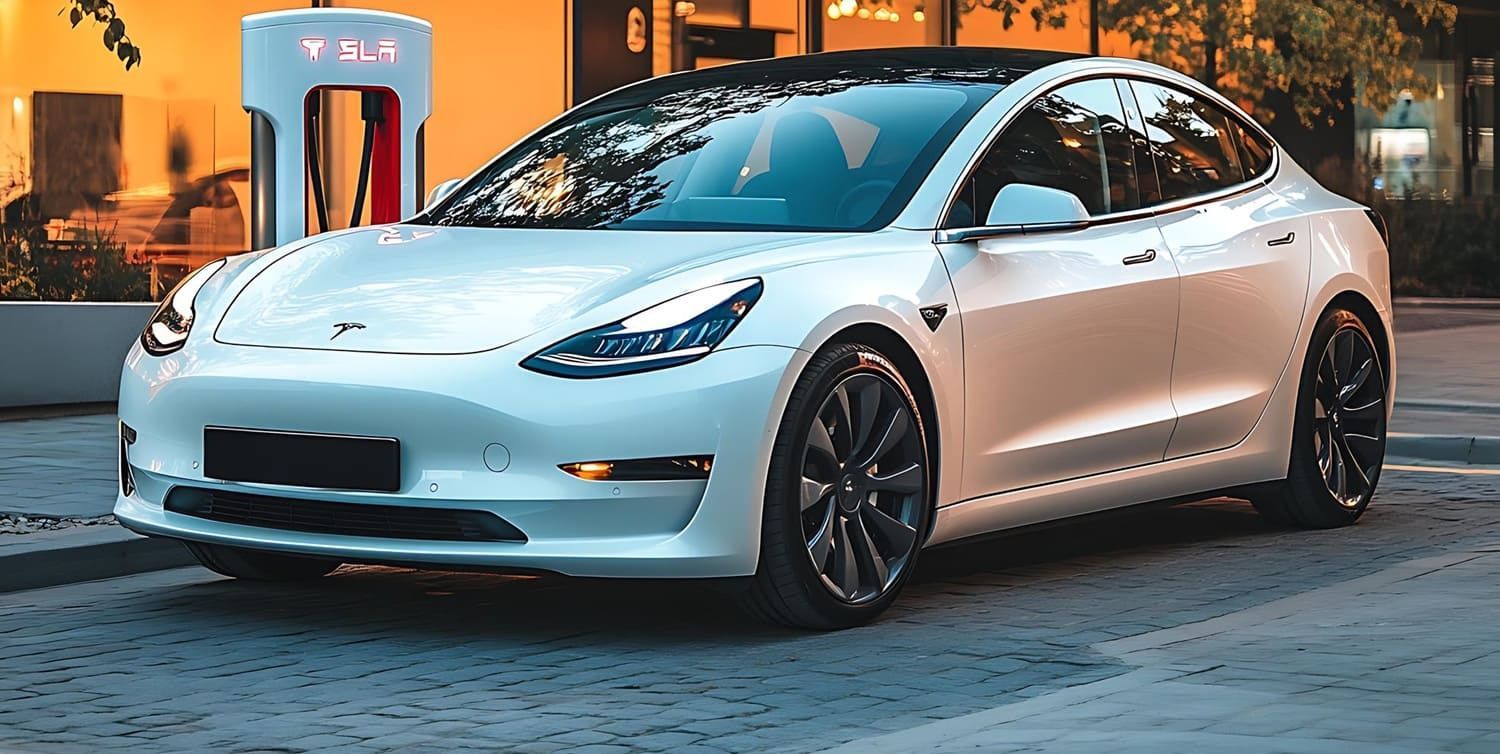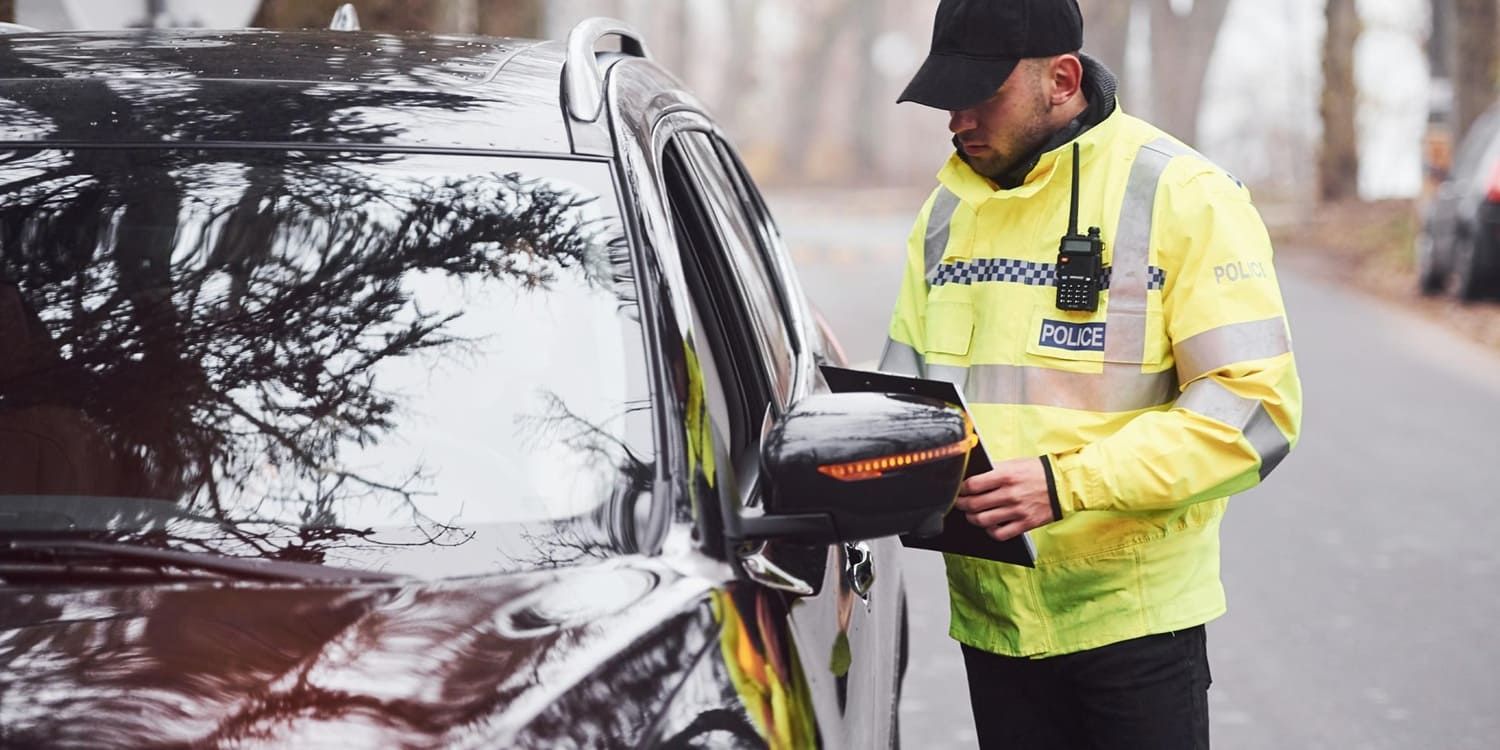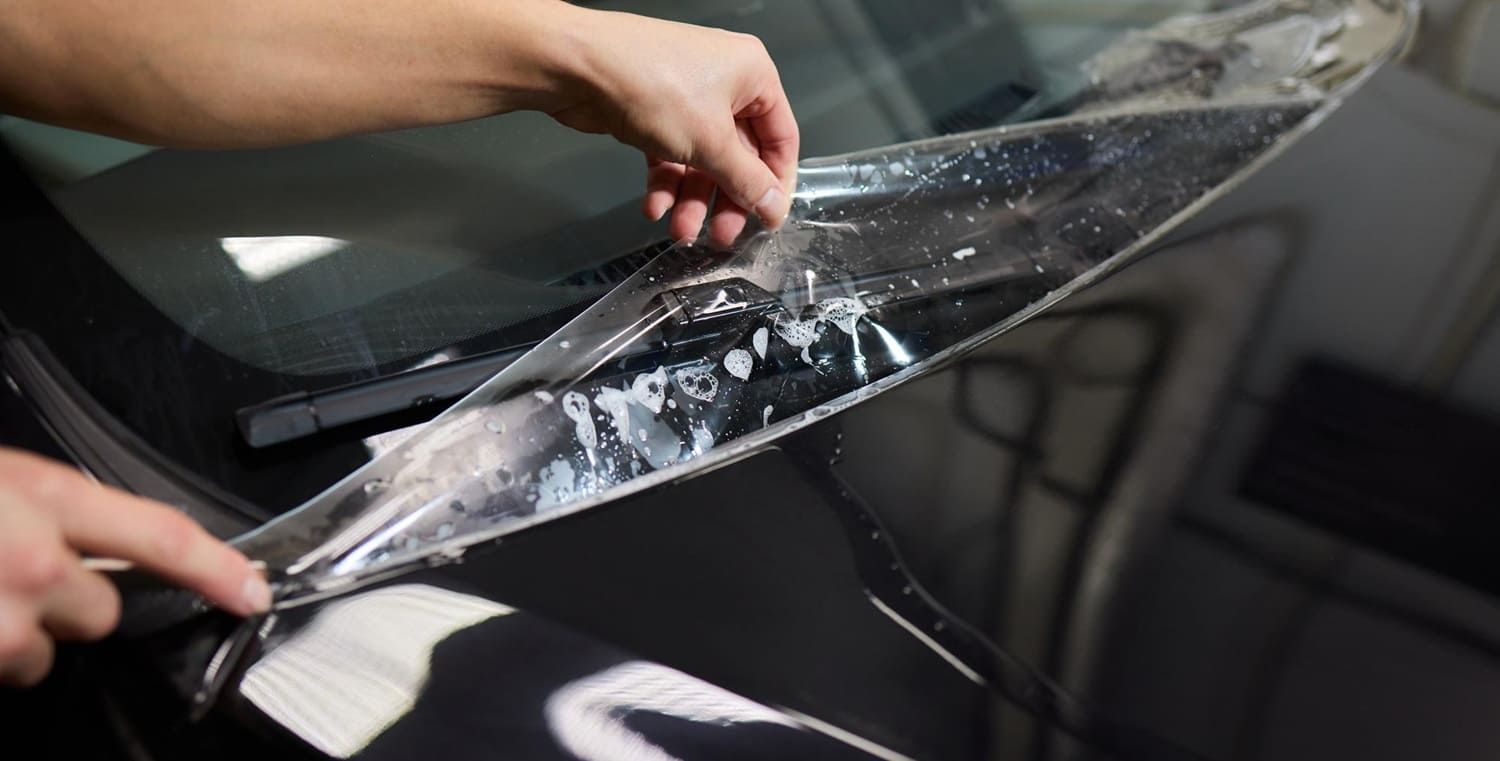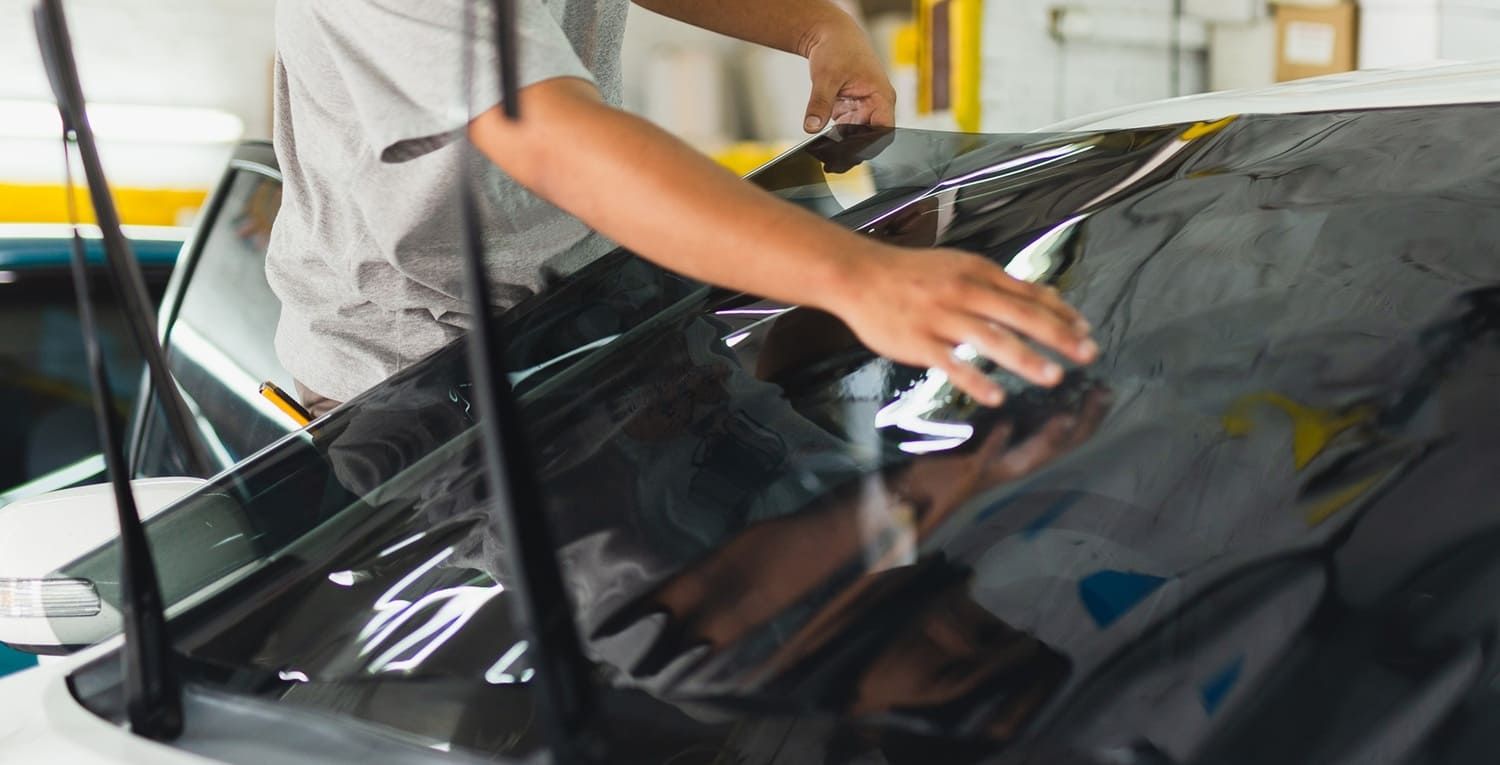Full vs. Partial PPF: What’s Best for Your Car?
When it comes to protecting your car's paint, you might have come across the term "Paint Protection Film" or PPF. This transparent film is applied to the exterior surfaces of your vehicle to protect the paint from chips, scratches, and other kinds of damage. In this article, we will explore the differences between full and partial PPF to help you decide which option is best for your car.
Before diving into full vs. partial PPF, it's important to understand what PPF is and how it works. Paint Protection Film is a clear, durable film made from thermoplastic urethane. This advanced material is known for its resilience and ability to conform to a car's surfaces, making it an ideal solution for protecting automotive paint finishes.
PPF is self-healing, meaning minor scratches can disappear when the film is exposed to heat. This makes it an excellent choice for car owners looking to maintain their vehicle's pristine appearance. Additionally, PPF serves as a barrier against harmful environmental elements such as road salt, bird droppings, and tree sap, which can all damage a car's paint over time. The film's UV resistance also prevents the paint from fading, ensuring your car maintains its vibrant color.
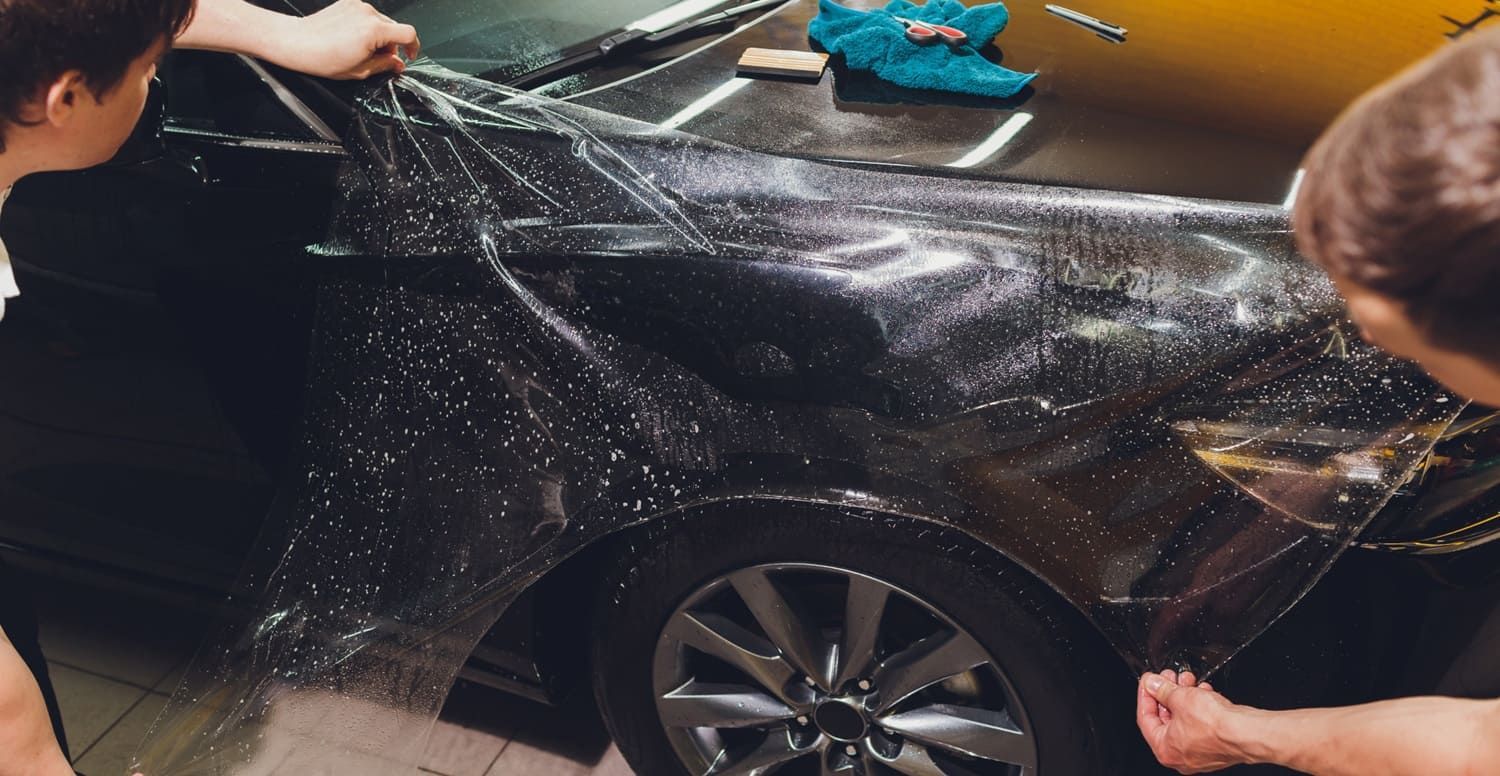
What is Full PPF?
Full PPF involves applying the protective film to the entire surface of the car. Every visible painted section is covered, including the hood, fenders, bumpers, doors, and mirrors. This comprehensive coverage ensures that your car is fully protected from external elements. It essentially creates a second skin over your vehicle, safeguarding it from the rigors of daily driving and exposure.
Benefits of Full PPF
- Maximum Protection: Full PPF offers the highest level of protection for your vehicle. Since every inch of the car is covered, you can be confident that the paint will remain untouched by road debris or other potential hazards. This all-encompassing shield is ideal for those who want to preserve their car's showroom shine for as long as possible.
- Uniform Appearance: With full PPF, your car maintains a uniform look. There are no visible lines where the film begins or ends, as it covers the entire vehicle seamlessly. This seamless application is especially beneficial for high-end vehicles where aesthetics are a priority, ensuring that the car's original beauty is not compromised.
- Increased Resale Value: A car with full PPF is often more appealing to buyers because it indicates that the vehicle has been well cared for. This can potentially increase the resale value of your car. Buyers are often willing to pay a premium for a vehicle that has been meticulously maintained, and full PPF is a clear indicator of such care.
Drawbacks of Full PPF
- Cost: The most significant downside of full PPF is the cost. Covering the entire vehicle with PPF is a considerable investment, which may not be feasible for everyone. The upfront cost can be daunting, but for many, the long-term benefits and potential savings on paint repairs justify the expense.
- Installation Time: Full PPF installation can be time-consuming, often taking several days to complete. This is something to consider if you need your car back quickly. The process requires precision and expertise, as the film must be applied perfectly to prevent bubbles and ensure a flawless finish.
What is Partial PPF?
Partial PPF, as the name suggests, involves applying the film to only specific areas of the car. Typically, these areas are the most exposed to damage, such as the front bumper, hood, and side mirrors. This strategic application targets the parts of the car most likely to encounter wear and tear, offering protection where it's needed most.
Benefits of Partial PPF
- Cost-Effective: Partial PPF is more affordable than full PPF because it covers less surface area. This option provides essential protection without breaking the bank. For budget-conscious car owners, partial PPF offers a practical solution to safeguard high-risk areas without incurring the cost of full coverage.
- Faster Installation: Since partial PPF involves covering fewer areas, the installation process is quicker. This means less downtime for your vehicle. You can have your car back on the road sooner, enjoying the peace of mind that comes with knowing the most vulnerable parts are protected.
- Targeted Protection: Partial PPF focuses on the areas most likely to experience damage, ensuring these parts of your car are protected. This targeted approach is ideal for drivers who primarily navigate urban environments where specific areas, like the front of the vehicle, are more prone to damage.
Drawbacks of Partial PPF
- Less Coverage: The obvious downside is that partial PPF doesn't protect the entire vehicle. Unprotected areas are still vulnerable to damage. This can be a concern for owners of high-value cars who want comprehensive protection against all potential threats.
- Visible Lines: With partial PPF, there may be visible lines where the film stops, which can be noticeable depending on your car's color and the quality of the installation. These lines can detract from the vehicle's aesthetic appeal, especially if the film's edges are not expertly blended with the paintwork.
Full PPF vs. Partial PPF: Which to Choose?
The choice between full and partial PPF largely depends on your budget, how you use your vehicle, and your personal preferences. Here are some factors to consider:
Budget
If budget is a concern, partial PPF offers a more affordable solution while still providing essential protection. However, if you can afford it, full PPF offers maximum protection and could save you money in the long run by preventing paint damage. Consider the potential cost of future repairs or paint touch-ups when evaluating your options.
Car Usage
Consider how you use your vehicle. If you frequently drive on highways or gravel roads, full PPF may be worth the investment. For city driving, partial PPF might be sufficient. The environment in which you drive can significantly impact the level of protection your vehicle needs; thus, choose a PPF option that aligns with your driving habits.
Aesthetic Preferences
If maintaining a seamless appearance is important to you, full PPF might be the better option. With partial PPF, the lines where the film ends could be more noticeable. Aesthetic considerations are crucial for car enthusiasts and owners of luxury vehicles, where every detail counts in preserving the car's visual appeal.
Resale Value
If you plan to sell your car in the future, full PPF could enhance its resale value by keeping the paint in excellent condition. While partial PPF also provides protection, full coverage is often more appealing to buyers. A well-maintained exterior can make a significant difference in attracting potential buyers and securing a higher resale price.
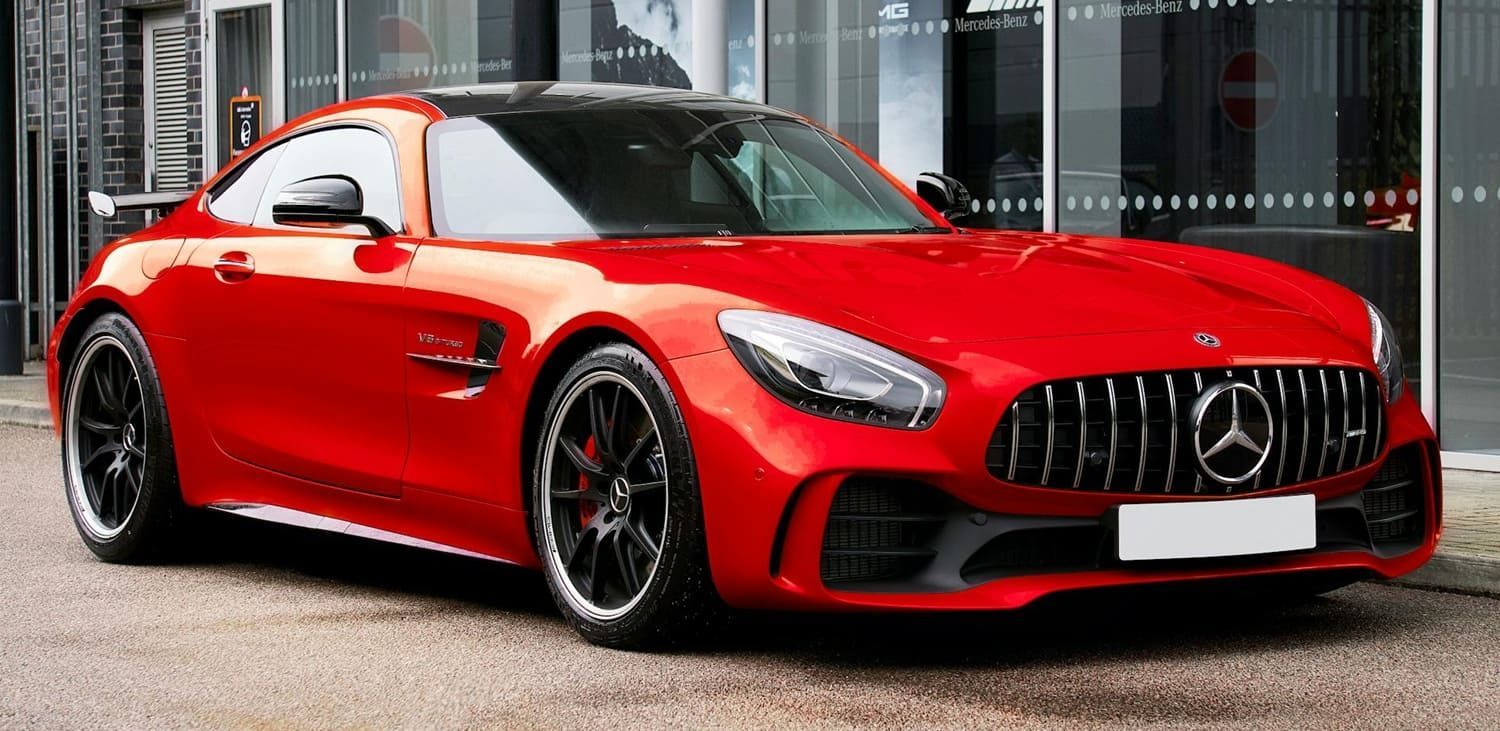
Full PPF Cost: What to Expect
The cost of full PPF can vary based on several factors, including the size of your vehicle, the quality of the film, and the expertise of the installer. On average, you can expect to pay anywhere from $2,000 to $6,000 or more for full PPF installation. It's important to consider the reputation of the installer, as a high-quality installation is crucial for optimal protection and appearance.
Partial PPF is generally less expensive, with costs ranging from $500 to $2,000. Again, the exact price will depend on the specific areas being covered and the installer. While cost is a significant factor, ensure that you don't compromise on quality, as a poorly installed film may fail to provide adequate protection.
Conclusion
At Cool Dreams Window Tinting, your trusted and premier PPF installers near you serving Sierra Vista, AZ, we provide expert Paint Protection Film (PPF) solutions designed to preserve your vehicle’s finish and long-term value.
Whether you choose full-body PPF or a partial coverage package, both options deliver valuable protection against rock chips, scratches, and environmental damage. Your decision should be based on your budget, driving habits, and personal preferences. By understanding the benefits and limitations of each option, you can confidently select the solution that works best for your needs.
Remember, protecting your car’s paint doesn’t just enhance its appearance—it also helps retain its resale value and minimizes costly repairs in the future.
Contact Cool Dreams Window Tinting today for a free estimate, and let us help you protect your investment with precision-installed, high-performance PPF tailored to your vehicle and lifestyle.
FAQs About Full vs. Partial Paint Protection Film (PPF)
What’s the difference between full and partial PPF coverage?
Full PPF covers the entire vehicle—including all painted panels—while partial PPF usually protects the front bumper, hood, fenders, and mirrors, the most vulnerable high-impact zones.
Is full-body PPF worth the investment?
Yes—especially for luxury, exotic, or daily-driven vehicles. It provides complete protection from scratches, rock chips, bird droppings, and swirl marks across all surfaces.
What does partial PPF typically include?
A standard partial kit usually covers the front bumper, 18–24 inches of the hood and fenders, side mirrors, and occasionally door edges or headlights.
Will partial PPF protect my car from everyday damage?
Yes—but only in targeted areas. It helps guard against rock chips and road debris, but leaves side panels, roof, and rear sections unprotected.
Does full PPF offer better resale value?
Absolutely. Full coverage keeps the entire vehicle’s paint in like-new condition, which can increase resale value and buyer appeal.
Is partial PPF enough for leased vehicles?
Often, yes. It offers cost-effective protection for areas most prone to damage, helping avoid lease-end damage fees.
Does full PPF make more sense for daily drivers?
Yes. Daily use increases exposure to UV rays, tree sap, road grime, and more. Full PPF ensures long-term preservation of factory paint.
What’s the cost difference between full and partial PPF?
Full PPF can cost $4,000–$8,000+, depending on the vehicle and film used. Partial PPF typically ranges from $800 to $2,500.
How long does each option last?
Both full and partial PPF use the same material and typically last 7 to 10 years, but full wraps protect more area over time.
Does partial PPF leave visible lines or edges?
It can. Since partial kits don’t wrap full panels, visible film edges may show, especially on dark-colored or high-gloss vehicles.
Which option offers better aesthetic results?
Full PPF delivers a seamless, invisible finish. Partial kits may show lines or contrast on lighter or pearl-colored vehicles.
Is maintenance different for full and partial PPF?
Maintenance is similar, but full PPF eliminates unprotected zones, so washing and detailing is more uniform and consistent.
Can I upgrade from partial to full PPF later?
Yes. Many shops allow staged installations. Just ensure matching film brand and type to avoid texture or clarity differences.
Will insurance cover full or partial PPF?
Most policies do not cover PPF, but some premium vehicle protection plans or warranties may include or reimburse for it.
Which option is better for protecting custom paint jobs?
Full PPF is strongly recommended to safeguard custom or matte finishes from scratches, oxidation, and chemical stains.
Is ceramic coating a good alternative to PPF?
Ceramic coating enhances shine and eases cleaning, but it doesn’t offer the impact protection of PPF. Many combine both for full coverage.
Can I apply PPF to just high-impact zones like door sills or trunk lips?
Yes. Some shops offer custom PPF packages for frequently used areas without opting for full or partial kits.
Does full PPF protect against parking lot damage?
Yes. It helps defend against door dings, scratches, and bumper scuffs, especially in crowded urban areas or tight garages.
Which PPF option is better for car enthusiasts or collectors?
Full PPF is the go-to for collectors who want complete surface preservation, even for vehicles that are rarely driven.
How should I decide between full and partial PPF?
Choose full PPF for maximum protection, seamless aesthetics, and long-term value. Opt for partial PPF if you're on a budget or mainly want to protect the front end.



